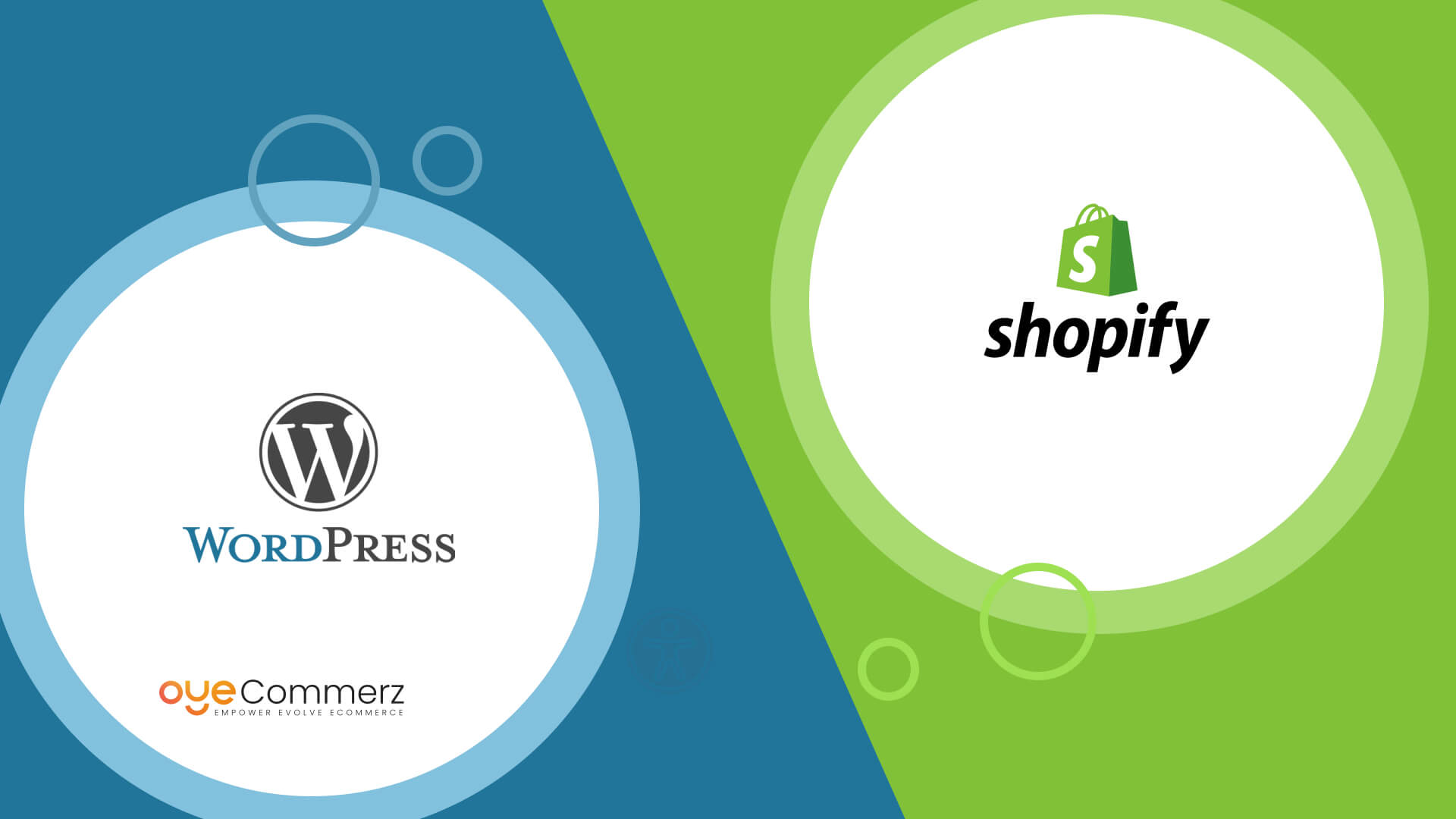The journey of an e-commerce business hinges on its ability to adapt, grow, and provide exceptional customer experiences.
If you’re planning to migrate from WordPress to Shopify, you’re likely aiming for superior performance, greater functionality, and a more future-proof platform.
Follow this comprehensive roadmap to master the key strategies, insights, and steps for a smooth transition to Shopify.
Reasons to Transition from WordPress to Shopify
Although WordPress is highly adaptable, managing e-commerce through plugins can hinder seamless growth.
Built for e-commerce, Shopify delivers unmatched security, scalability, and tools tailored to retailers.
With over 4.5 million e-commerce websites using Shopify globally in 2024, it is a dominant force in the industry.
Switching to Shopify can unlock benefits in payment integrations, mobile optimization, and order management.
This is your detailed plan for a successful migration journey.
Step 1: Assess Your E-Commerce Needs
Analyze your e-commerce store to pinpoint areas that require improvement or growth.
Identify bottlenecks such as sluggish performance or excessive reliance on third-party tools.
For example, Shopify offers integrated features like Shopify Payments and customizable themes, reducing third-party tool dependency.
Step 2: Plan Your Migration Thoroughly
Migrating without a structured approach can lead to errors, data loss, or unexpected downtime.
Ensure a smooth transition by focusing on key areas like product inventory, customer data, and order history.
Utilize Shopify’s migration features and compatible apps to ensure safe data transfer and minimal disruption.
Step 3: Personalize Your Shopify Setup
Create a brand-consistent shopping experience using Shopify’s versatile customization tools.
Browse the Shopify Theme Store for templates or modify them to enhance user experience.
Themes such as “Impulse” or “Prestige” deliver visually stunning layouts and powerful features.
Shopify Plus offers tailored theme development for businesses seeking unique designs.
Oyecommerz specializes in crafting Shopify Plus themes that align with enterprise-level e-commerce needs.
Step 4: Migrate SEO Settings
Maintaining your SEO settings is crucial to keeping your website visible in search results.
Shopify tools enable redirection of old URLs to new ones, safeguarding existing traffic.
Optimize metadata and link to Google Analytics for seamless SEO tracking on Shopify.
Studies show that overlooking SEO during migration often leads to a drop in site traffic.
Step 5: Boost Your Store with Key Shopify Apps
The Shopify App Store provides a wide range of applications to improve your store’s capabilities.
Integrate apps such as Klaviyo for targeted email campaigns or Yotpo for showcasing user reviews.
For more complex requirements, Shopify API integration allows seamless connection with third-party tools.
Let Oyecommerz connect third-party solutions to your Shopify store for smoother operations.
Step 6: Optimize for Mobile Users
With mobile commerce dominating 60% of sales in 2024, mobile readiness is critical.
Every Shopify theme is built to adapt seamlessly to different screen sizes and devices.
Shopify’s payment options, like Shop Pay, offer a quick and frictionless checkout experience.
Focus on streamlined navigation and speed to maximize mobile sales potential.
Step 7: Empower Your Team with Shopify Training
Shopify’s intuitive platform makes it easy to use, but training reduces post-migration challenges.
Ensure your team knows how to handle inventory, process orders, and analyze reports.
Well-trained staff can make the most of Shopify’s features, improving overall store efficiency.
Step 8: Conduct Thorough Pre-Launch Testing
Test your store rigorously to ensure all systems function smoothly before launching.
Verify that product information, inventory, and navigation links are error-free.
Test your payment systems and confirm the checkout process works seamlessly across platforms.
Testing ensures your store is customer-ready, leaving no room for errors on launch day.
Step 9: Promote Your Migration Strategically
A successful migration is a great opportunity to engage and excite your audience.
Use email campaigns and social media to inform customers about the benefits of the new platform.
Emphasize improved speed, security, and shopping experience to encourage repeat visits.
Conclusion: Unlock New E-Commerce Potential with Shopify
Migrating from WordPress to Shopify is more than a technical change—it’s a E-commerce growth strategies with Shopify transformative step for your business.
From scalability to intuitive tools, Shopify equips your store to thrive in competitive markets.
Whether you’re a startup seeking simplicity or an enterprise requiring advanced capabilities, Shopify delivers.
Partnering with Improve customer experience with Shopify Oyecommerz ensures a smooth migration with minimal disruption to your operations.
Our Shopify migration services help unlock your store’s full potential while ensuring a hassle-free experience.
Ready to elevate your e-commerce strategy with Shopify? Let’s discuss your journey to success.
